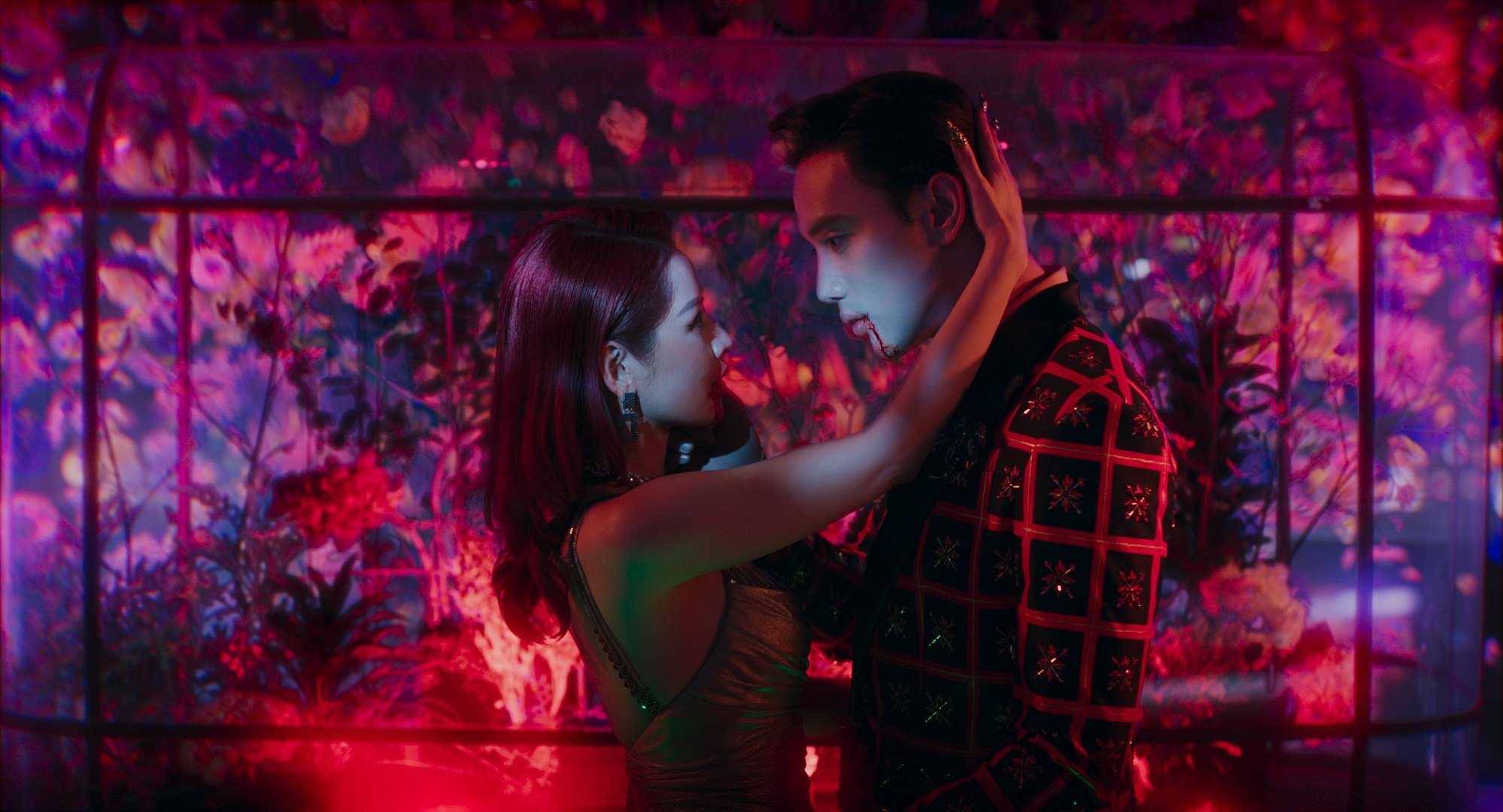THE ADVENTURES OF PINOCCHIO: The Classic Tale Revitalised By Mike Mignola And Lemony Snicket (REVIEW)
Image: Beehive Books
This was a strange, but exciting piece of news. Mike Mignola (“Hellboy”) and Lemony Snicket (“A Series of Unfortunate Events”) were publishing a copy of “Pinocchio”. Mignola would be providing the art, while Snicket would provide the commentary. Furthermore, this would not be the Pinocchio many of us have grown up with. This would be the original story, written by Carlo Collodi, published in 1883.
Reading this classic tale, accompanied by Mignola's unique artwork, gives it an air of harrowing eeriness that suits the narrative and writing style of its original era. Matching with the tales grim and often desperate and hopeless tone, Mignola’s artwork is wonderfully fitting with its surrealism, minimalism, and penchant for deep foreboding shadows.
Image: Beehive Books
The footnotes and annotations provided by Lemony Snicket, add a melancholic levity, with quaint and strange anecdotes and opinions. It’s like reading the story with a very strange, but entertaining friend. His contribution breaks up the narrative in a way that gives the tale time to breathe and gives the reader a break from what can often be a jarring and stilted narrative pace.
For those who haven’t read this seminal version, know this. The tale is not what you think. The story is very different from the adaptations you are more familiar with. It is also written in a fashion that is very common for its era (and older), as a traditional European folktale.
Image: Beehive Books
We hadn’t had an opportunity to read the original tale of Pinocchio, but we found the style very familiar. We bring a lot of experience reading old folktales, so for those who haven’t, it can initially be a confusing experience. Scenes do not have the sort of flow that you might be used to with more modern prose. Actions can appear to occur without a lot of detail or description, many lack any additional logic or explanation to discern the characters’ decisions or reasoning. There are plenty of confusing descriptions and actions that can be put down to being lost in translation, both literally, since it is translated from Italian, and figuratively, in that cultural understandings would mean the author didn’t feel the need to elaborate or explain.
However, there are times when this explanation is insufficient like when Geppetto clothes Pinocchio. He makes him a suit from flower-printed paper (which makes sense because they live in poverty), but then gives him a hat made of dough. As in dough for making bread. It’s difficult to make sense of events like this. Maybe it was meant as a joke or something light-hearted to break up the depiction of their depressing poverty. Maybe it was just a strange idea that didn’t even make sense to the readers back in 1883.
Image: Beehive Books
It is in moments like this that Lemony Snicket will add his annotation, remarking that it would have made more sense to make a biscuit from the dough and either sell it for a hat or eat the biscuit and just go without a hat. I would have appreciated such comical and sardonic observations to liven up a lot of the folklore I’ve struggled through over the years.
Overall, it is a fascinating look into the roots of this timeless tale of humanity, accompanied by two quirky creatives. Making this a much easier journey than if you were to tread it alone.
Image: Beehive Books
Stay up to date with “The Dark Side Of Pop Culture” by following Macabre Daily on Instagram, Facebook, and Twitter.
















